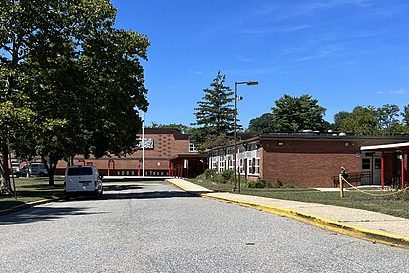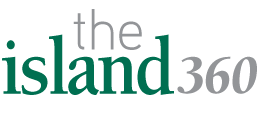
The Port Washington School District is considering converting Sousa Elementary School into an intermediate school for 5th and 6th graders to cater to the unique needs of this student population and bolster their educational success.
“The way things were in schools, the way kids were in schools 30 years ago is completely different now,” Superintendent Michael Hynes said. “And schools unfortunately don’t change with the times as fast as businesses or any other entity that you could think of.”
The district began the conversation Tuesday night at its Board of Education meeting where Hynes presented the preliminary idea.
The board agreed that Hynes should move forward by gathering data on an additional school, excluding Alvarez. Multiple members asked that it work to address the overall issues identified in this student population, not just seek out the feasibility of an additional school.
The district is planning to create a district-wide committee with stakeholders from the entire community to further investigate the possibility of an intermediate school.
The timeline for the district spans through June 2025 when a final recommendation is to be made, with committee updates throughout the year. Hynes said this timeline is not concrete and subject to change.
Hynes said it is also possible that the final recommendation can be not to establish the intermediate school, but that other alternatives could arise to aid this student population.
Hynes said it is becoming increasingly challenging to meet student needs and called the plan a “new system with our children in mind.” He said students in 5th and 6th grade experience a particularly challenging circumstances.
Establishing an intermediate school would support these two grades emotionally, socially, cognitively and physically, Hynes said.
One aspect of the situation is that children are reaching puberty sooner, Hynes said. He cited studies that showed boys and girls experience puberty around age 10, which has progressively started earlier and earlier over the decades.
Students typically turn 10 in 4th grade.
Hynes also cited data from a survey conducted by the school that showed students in these two grades experience a dip in favorable connections with teachers, school belonging and school engagement after 5th grade.
The curriculum and programming at this school would be developed around these two grades. This includes the potential of special areas of study like introducing world languages earlier.
“The thing that I’m most excited about for us to explore and what that looks like is real-world activities – problem and project-based learning,” Hynes said. “Real things in the classroom, not just worksheets and doing things that you probably did when you were back in school, but to really reimagine what this experience could look like so when they do move to the middle school, they’re incredibly well-equipped.”
Enrollment projections for the intermediate school would have begun at 786 students for the 2023-2024 school year, or the one that just concluded, but is projected to grow to 831 students in 2028-2029.
To establish the intermediate school, Sousa Elementary School is being suggested as the location for the new middle school. It would no longer serve as an elementary school.
Elementary students attending Sousa would then have to be placed in one of the other four elementary schools. Hynes said this could lead to larger class sizes.
Hynes said that enrollment would increase by about 35-45 students at the four remaining elementary schools.
The district previously had two middle schools, which were unified into one in the 1980s, according to Hynes. Sousa Elementary School previously served as the district’s second middle school.
Hynes said the plan has both positives and negatives for the elementary schools, theoretical new intermediate school and the current middle school.
Positives include fewer students in the current middle school, a positive transition for 5th and 6th graders and a greater focus on consistency in elementary schools.
Negatives include larger elementary class sizes, an added transition for 5th and 6th graders and potentially greater expenses.
Hynes said there are concerns about the ability to host these projected numbers of students at Sousa Elementary School if it were changed to the intermediate school. He said this could mean portable classrooms brought to the school.
He said transitioning the elementary school to an intermediate school would also come with additional costs, like transportation, administration and building upgrades.
“I’m not tone deaf that I just talked about expenditures and how much this would cost, especially after we just pierced the [tax] cap,” Hynes said. “I totally get that. That would be silly for me not to mention. It would also be silly for me not to mention that if we don’t do something new and different, I’d rather be in control of what we’re trying to do to reimagine what we can do for our kids and that’s where this exploration comes into play.”






